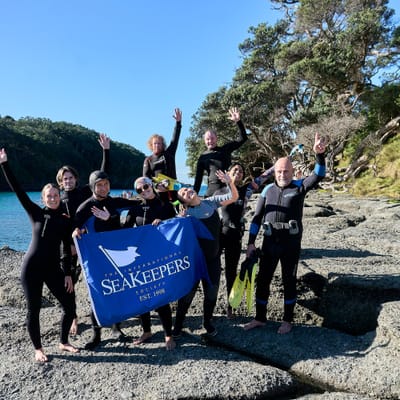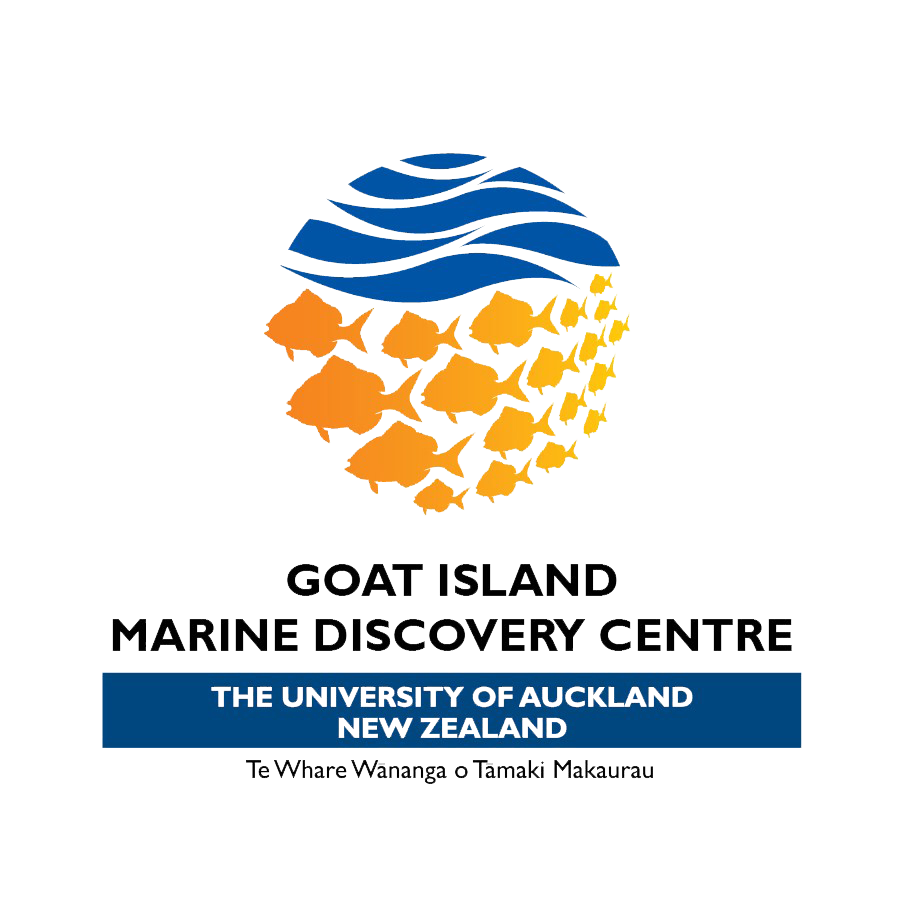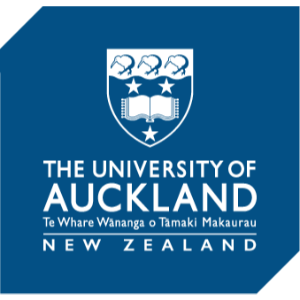Inaugural South Pacific Teacher Workshop 2025
Leigh, Aotearoa New Zealand
May 2-5, 2025
Overview
From May 2nd-5th, 2025, The International SeaKeepers Society hosted the first annual New Zealand Teacher Workshop professional development (PD) weekend in collaboration with SeaKeepers South Pacific and the Te Hāwere-a-Maki Goat Island Marine Discovery Centre (GIMDC) through the University of Auckland. Toni Lohroff, SeaKeepers’ Director of Education & Outreach, Melissa White, Director of the South Pacific, and Alessandra Vallim, South Pacific Programming Assistant were joined by GIMDC Manager, Tim Haggitt, and GIMDC Curator & Educator, Natkita Daniel, to plan an execute this unique professional development experience.
For this first ever South Pacific educator workshop, 6 middle and high school level teachers from all over the North Island of Aotearoa New Zealand met us in Leigh for a weekend of marine science educational activities and networking. We began our weekend with introductions to the workshop team and a presentation from University of Auckland postdoctoral researcher Dr. Caitlin Blain, whose work focuses on the ecology of the kelp forest regions in areas like Te Hāwere-a-Maki Goat Island. Since Te Hāwere-a-Maki Goat Island Marine Reserve is the first ever no-take marine reserve in Aotearoa New Zealand, Dr. Blain’s research focuses on what benefits to ecosystem health these protections provide, especially for the kelp species that form the basis of coastal ecology in Aotearoa. This presentation was a great kickoff to our weekend and gave teachers some context on how they and their students can become empowered to protect their local environment and community health.
Now equipped with some background knowledge on the marine reserve and Aotearoa’s coastal ecosystems, we began our second day with a coastal hike above the marine reserve focused on the impact of invasive predators in the region. Long ago introduced by colonizers, non-native mammals like mice, rats, stoats, and even Australian possums, continue to wreak havoc on Aotearoa’s native species, particularly sensitive birds like the endemic kiwi. Since a major theme of the teacher workshop was the connection between different ecosystems via the flow of water, this coastal hike was a great transition activity that allowed participants to think about how they can warm up student observation skills in the field. To end the second day of our workshop weekend, participants received a research presentation from SeaKeepers’ own Alessandra Vallim, a PhD student at the University of Auckland’s Leigh Marine Laboratory. Alessandra’s doctoral research focuses on the impact of endemic New Zealand eagle rays on the levels of nutrients available in local estuaries through a process called bioturbation, which was a great introduction to our day 3 field activities, where we would get to see the underwater world of Te-Hāwere-a-Maki Goat Island Marine Reserve firsthand.
To start the third day of our workshop, we partnered with Goat Island Glass Bottom Boat Tours for a unique floating classroom around the marine reserve aboard a glass bottom pontoon boat! After hearing from Alessandra and Dr. Caitlin Blain, it was amazing for our workshop participants to be able to see the positive impacts of the marine reserve first hand. Through the glass bottom windows of our partner vessel, we were lucky to see healthy populations of golden kelp, giant snappers, beautiful blue maomao, and even some New Zealand eagle rays! In our typical floating classroom fashion, we used our trusty Earth Echo water challenge kits to compare the water quality conditions above healthy kelp in the marine reserve to an area down the coast where less healthy kelp populations were present. As expected, we noticed that samples from the marine reserve boasted higher levels of dissolved oxygen and a slightly more alkaline pH, indicating that this no-take region is potentially more resilient to impacts of climate change than areas with less protection. Since each of our participating educators gets to take home a full set of Earth Echo kits courtesy of SeaKeepers, this was a great opportunity for them to see how these can be used in both classroom and field settings.
After returning to the Discovery Centre for lunch, we sat down for a quick presentation on sources and impacts of different types of marine pollution using Biscayne Bay in Miami, Florida as a case study. This presentation was a great opportunity for participating educators to see what problems different coastal communities like South Florida face when it comes to protecting the local environment, another key lesson to be brought back to the classroom. We also used this time to set up some classroom activity stations for our participants to go through during free time and eventually adapt into their own curriculums. These lessons included a hands-on trophic cascades activity, a set of nature journaling observation prompts, a cause and effect agamograph activity, and visual climate change lessons for students, amongst others.
For our final field activity of the workshop on day 3, we partnered with Goat Island Dive & Snorkel to supply gear for an observation-based afternoon snorkel trip in the marine reserve right off of the Discovery Centre’s beach! After our glass bottom boat tour, this was a one-of-a-kind chance to see the habitats and species we had been discussing all weekend in their natural and highly protected state within the marine reserve. The long-term no-take status here means that species like snapper, maomao, red moki, and New Zealand eagle rays were plentiful and curious of our presence. Using waterproof paper from terraslate and some local species ID guides, participants worked to identify and quantify some of the species seen during our one-hour snorkel activity in the frigid coastal waters. Once we jumped out, we were also lucky to spot some starfish, anemones, and native molluscs in the rocky tidal pools and add them to our observation lists. Our snorkel trip was not only a unique field experience for our participating educators, but it also showed them how to incorporate lessons in species observation and biodiversity with students in their local communities, both inside and outside of the classroom.
After an amazing weekend on the water, we wrapped up our workshop on the morning of day 4 with a discussion titled “Bringing It Home” aimed at applying the concepts learned at Te-Hāwere-a-Maki Goat Island Marine Reserve to the local environments in Aotearoa that the teachers live and work in. Many teachers shared the challenges and limitations they face in their classrooms, including concerns of limited accessibility to resources that would allow them to take their students out of the classroom and into the environment. We wrapped up our conversation by sharing tools and resources that would better allow these teachers to engage their students in marine science, conservation, and field activities in their local ecosystems. Our lucky participants will also be walking away from the workshop with a full online database of resources to incorporate into their classrooms, including free lesson plans, teaching graphics, nature center contacts, grant opportunities, as well as some physical teaching resources like EarthEcho water quality kits to utilize with their students. By curating these resources for our participating educators, we hope to further extend the impact of the workshop so that these teachers can reap the benefits of this weekend experience for years to come.
We had an amazing first South Pacific workshop weekend with all of the teachers we hosted, and we look forward to maintaining our connections with them in order to support them in educating a new generation of students about the importance of marine conservation!




You must be logged in to post a comment.